De-Silverizing Bullion

The de-silverizing of base bullion is carried out in accordance with the principles of the well-known Parkes process. The base bullion produced by the blast furnace department carries (apart from silver values) impurities, the chief of which are copper, antimony, and arsenic. In order to more clearly indicate the grade of the base bullion, the […]
Fire Assay
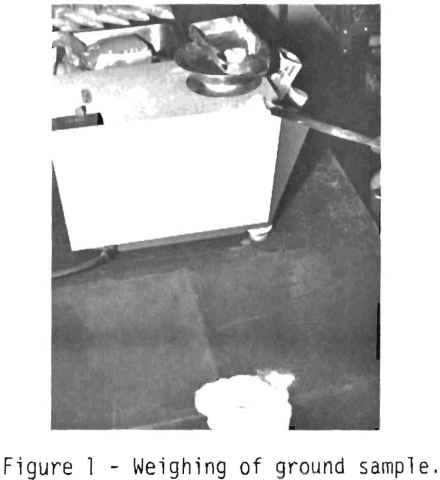
Fire Assay is the most common technique for analyzing precious metals was developed and refined almost to perfection before the 15th century (5). Government, mining and smelting companies, private analytical laboratories, universities, and geochemical exploration companies depend on fire assay techniques to produce accurate results. Fire assaying has been adopted by the court system as […]
Volumetric Determination of Lead
Some assayers check their fire-assays of lead by a wet method. For the convenience of those who desire a rapid method to check their fire-assays, the ammonium molybdate method is here given. This method is based upon the fact that ammonium molybdate, when added to a hot solution of lead acetate, will give a precipitate […]
Sampling
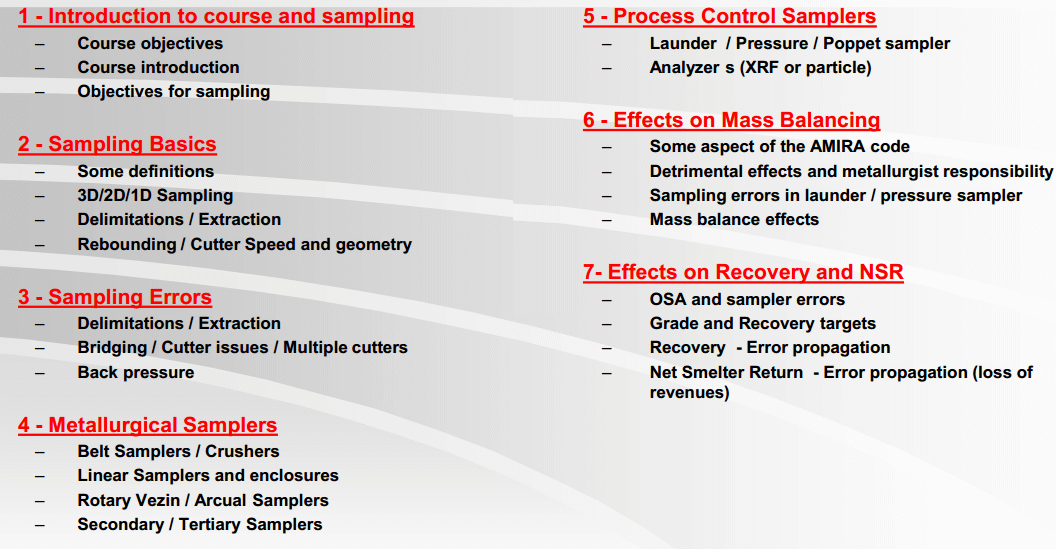
SAMPLING FOR MINERAL PROCESSING
Davis Tube Tester Magnetic Separator Procedure
Guide to Magnetic Separation of Sulphide Minerals
Slag Assay
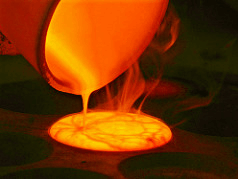
The slag from the blast furnaces having been granulated, a representative sample is taken to the sample mill. It is then dried, crushed through a 100-mesh screen, intimately mixed, and packeted for assay purposes. METHOD OF ANALYSIS INSOLUBLE Weigh 1 grm. of the finely-pulverized slag into a 3½-in. casserole, moisten with a little water to […]
Volumetric Determination of Iron Assay by Reduction Method
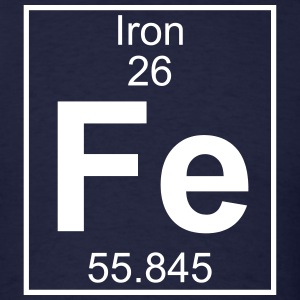
The reduction of iron from the ferric to the ferrous state prior to its titration by permanganate or dichromate may give erroneous results in the presence of other reducible metals such as titanium. Stannous chloride and metallic zinc both reduce tetravalent titanium to a lower form, and so increase the consumption of the oxidizing standard […]
How to Perform a Laboratory Flotation Test
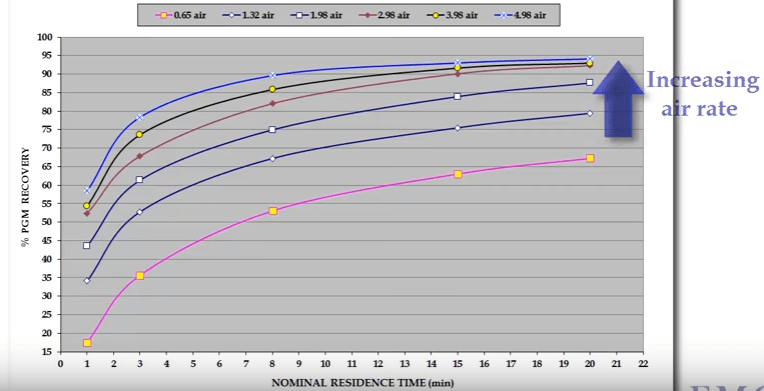
This is an overview of setting up and conducting a flotation rate test. The test is a means of determining the flotation characteristics of an ore. It is conducted in a laboratory scale cell usually with a volume of two point five litres. The intention is to generate relationships of cumulative recovery, mass pull and […]
Fire Assay Procedure
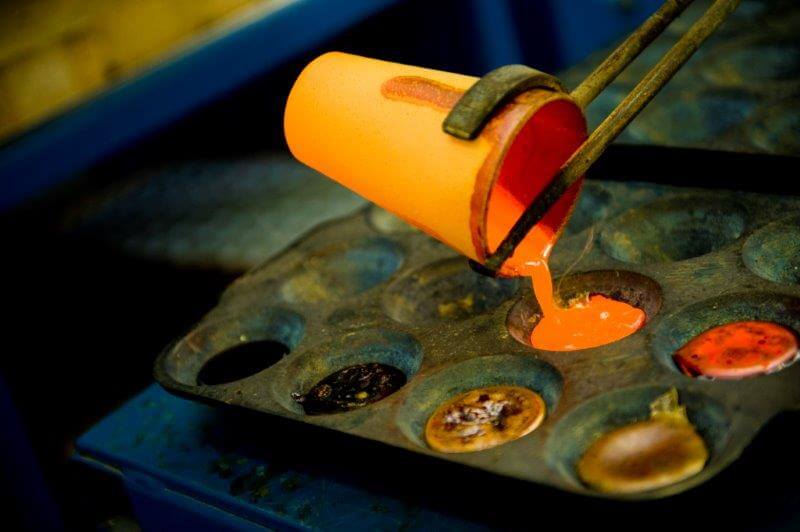
Fire assaying has been practiced since ancient times and has proven to be very reliable in the determination of precious metals. References to fire assaying are found in the old testament of the Bible and artifacts in past civilizations’ ruins. Assaying began to appear in French and English literature in the 12th century and from […]
